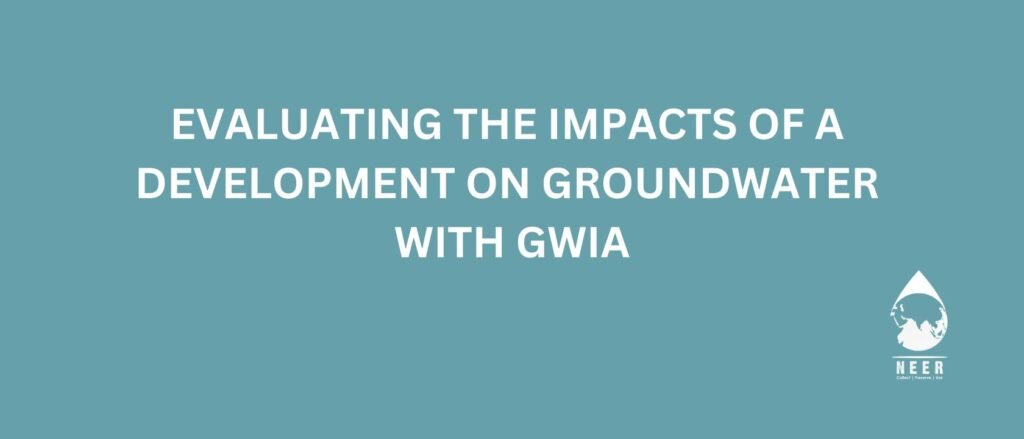
Evaluating the Impacts of a Development on Groundwater with GWIA
Groundwater impact assessment (GWIA) is a tool that is used to assess the potential impacts of a proposed development on groundwater resources. GWIA looks at how proposed activities might affect the quality, quantity, and ecosystems that depend on groundwater.
1. Identify Your Study Area: Identify the proposed development area and surrounding area that will be affected by the development. This includes identifying any nearby surface water bodies, groundwater recharge and discharge areas, and any sensitive environmental areas.
2. Collect Data: Collect data from existing sources, such as geological maps, hydrological studies, and water quality assessments.
3. Model Potential Impacts: Using the collected data, develop a model to assess the potential impacts of the proposed development on groundwater resources. The model should include factors such as changes in water table levels, groundwater flow, and water quality.
4. Analyze Potential Impacts: Analyze the potential impacts of the proposed development. This includes evaluating the potential effects of the proposed activities on surface water and groundwater quality, quantity, and associated ecosystems.
5. Develop Mitigation Strategies: Develop mitigation strategies to reduce the potential impacts of the proposed development. Strategies may include incorporating best management practises during construction, creating and maintaining buffer zones, and implementing other measures to protect the environment.
6. Monitor and Evaluate: Monitor and evaluate the effectiveness of the mitigation strategies. This includes regularly assessing groundwater quality and quantity and evaluating the effectiveness of the strategies in reducing potential impacts.